Top Gear’s worst cars in the world
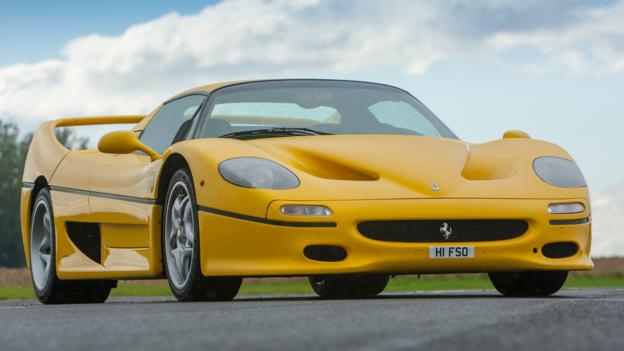
-
From bad to worst
- Though gauging a car’s relative merits is, and will always be, a very personal process, Top Gear
has never shied from playing an automobile’s exalter – or its judge,
jury and executioner. Apropos of the BBC America premiere of Top Gear: The Worst Car in the History of the World, we survey some of the vehicles that made a most very dubious list. (Photo: Top Gear)
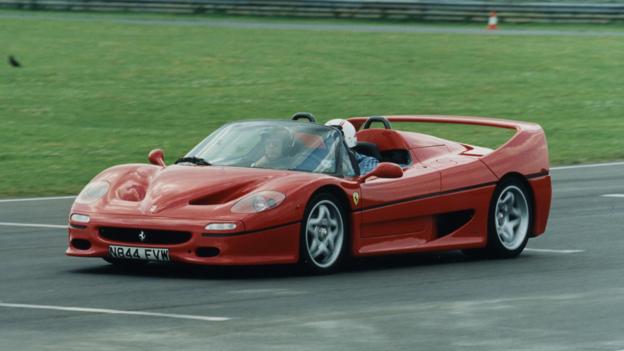
-
1996 Ferrari F50
- Following
up on the sublime F40, that 200mph ur-hypercar, Ferrari went back to
the well for the F50, a racecar-based banshee that channelled 513
thundering horsepower to the rear wheels. Though the Ferrari faithful
snapped up the fewer than 400 examples produced, at prices that hovered
around $500,000, the F50 was also accused of being the least beautiful –
or less charitably, the ugliest – Ferrari ever built, the shovelled
troughs on its hood earning particular ire. (Photo: Newspress)
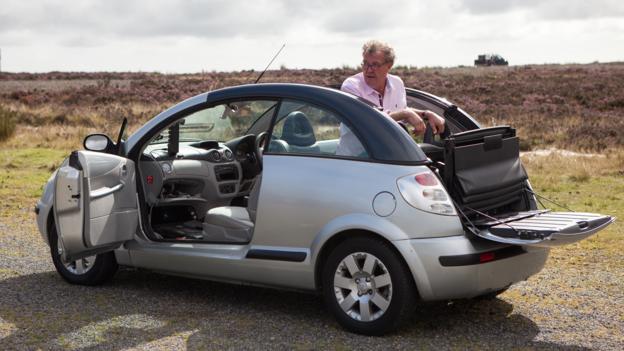
-
2003 Citroën C3 Pluriel
- Built in
apparent homage to the plucky utility of the French marque’s
globe-colonising 2CV, the C3 Pluriel was a versatile little thing, with
removable arched roof pillars and a swing-down rear gate, in the manner
of a pickup truck. Caught out in the rain with the top down, though, and
the Pluriel’s passengers were in for a bath, as the pillars could not
be stowed on board. A retracting fabric top was the middle way, but even
then, it was given to leaks. One to hire at the Nice airport rental
counter, then, but not one to buy. (Photo: TopGear)
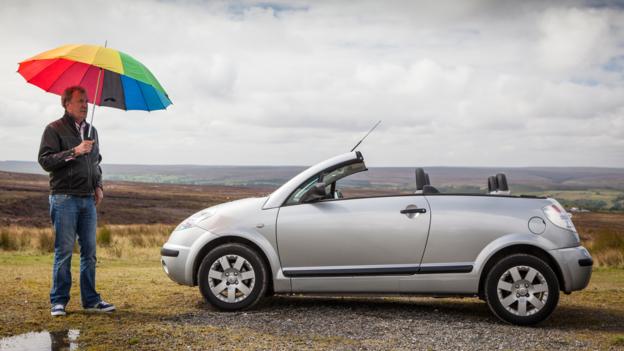
-
2003 Citroën C3 Pluriel
- Built in
apparent homage to the plucky utility of the French marque’s
globe-colonising 2CV, the C3 Pluriel was a versatile little thing, with
removable arched roof pillars and a swing-down rear gate, in the manner
of a pickup truck. Caught out in the rain with the top down, though, and
the Pluriel’s passengers were in for a bath, as the pillars could not
be stowed on board. A retracting fabric top was the middle way, but even
then, it was given to leaks. One to hire at the Nice airport rental
counter, then, but not one to buy. (Photo: TopGear)

-
2002 Lexus SC 430
- The SC
began life in 1991 as a lithe, low-slung, high-tech grand tourer. The SC
430 that followed it in 2001 was more of a boulevardier, trading
canyon-road sharpness for clubhouse cushiness. It was bulbous, too, with
swollen fenders, a high beltline and a curb weight approaching
4,000lbs. Such developments, whatever their justifications, will always
trigger indignation from TopGear’s presenters. (Photo: TopGear)
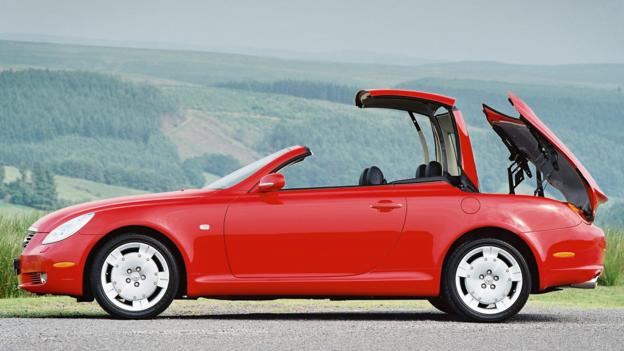
-
2002 Lexus SC 430
- The SC
began life in 1991 as a lithe, low-slung, high-tech grand tourer. The SC
430 that followed it in 2001 was more of a boulevardier, trading
canyon-road sharpness for clubhouse cushiness. It was bulbous, too, with
swollen fenders, a high beltline and a curb weight approaching
4,000lbs. Such developments, whatever their justifications, will always
trigger indignation from TopGear’s presenters. (Photo: Toyota Motor
Sales)

-
1985 Alfa Romeo GTV 6
- “GTV” is
among the most evocative badges worn by Alfa Romeos, having been affixed
to rally champions of the 1960s and ‘70s. But in the thick of the
brand’s mid-‘80s malaise came the GTV 6. Though the fastback body,
designed by Italian legend Giorgetto Giugiaro, was well-received, the
GTV 6’s various gaskets, hoses and other bits that facilitate a
vehicle’s sound operation were brittle, flimsy, leaky and just plain
bad. For North Americans who watched Alfa abandon their market in the
mid-‘90s, a lack of ready replacement parts has made GTV 6 ownership a
costly proposition indeed. (Photo: TopGear)
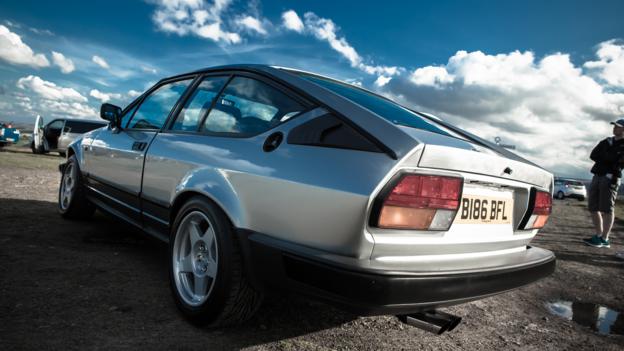
-
1985 Alfa Romeo GTV 6
- “GTV” is
among the most evocative badges worn by Alfa Romeos, having been affixed
to rally champions of the 1960s and ‘70s. But in the thick of the
brand’s mid-‘80s malaise came the GTV 6. Though the fastback body,
designed by Italian legend Giorgetto Giugiaro, was well-received, the
GTV 6’s various gaskets, hoses and other bits that facilitate a
vehicle’s sound operation were brittle, flimsy, leaky and just plain
bad. For North Americans who watched Alfa abandon their market in the
mid-‘90s, a lack of ready replacement parts has made GTV 6 ownership a
costly proposition indeed. (Photo: TopGear)
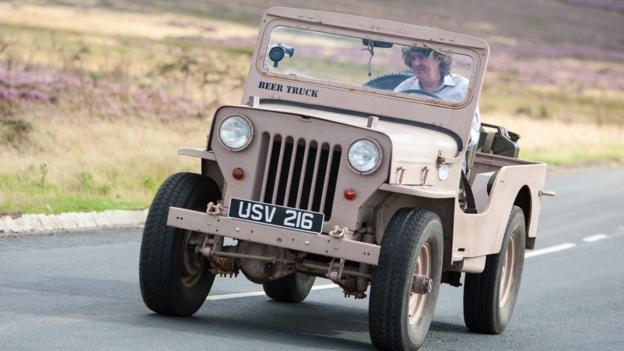
-
Mahindra CJ540
- From a
mechanic’s perspective, there is much to be said for a vehicle that is
simple, cheap and ubiquitous. From a driver’s perspective, there is,
more often than not, decidedly less to be said for such a vehicle. Take
the Mahindra CJ540, built in India and exported up until 1991. This
tough little off-roader was essentially a vintage Jeep CJ-3A (produced
under license) with a lumpy Peugeot diesel engine under the hood.
Handling? No. Creature comforts? No. User-friendliness? No. One of the
world’s worst? Yes. (Photo: TopGear)
(An earlier version of this story misidentified the CJ540 as the MM540. This has been corrected.)

-
Mahindra CJ540
- From a
mechanic’s perspective, there is much to be said for a vehicle that is
simple, cheap and ubiquitous. From a driver’s perspective, there is,
more often than not, decidedly less to be said for such a vehicle. Take
the Mahindra CJ540, built in India and exported up until 1991. This
tough little off-roader was essentially a vintage Jeep CJ-3A (produced
under license) with a lumpy Peugeot diesel engine under the hood.
Handling? No. Creature comforts? No. User-friendliness? No. One of the
world’s worst? Yes. (Photo: TopGear)
(An earlier version of this story misidentified the CJ540 as the MM540. This has been corrected.)
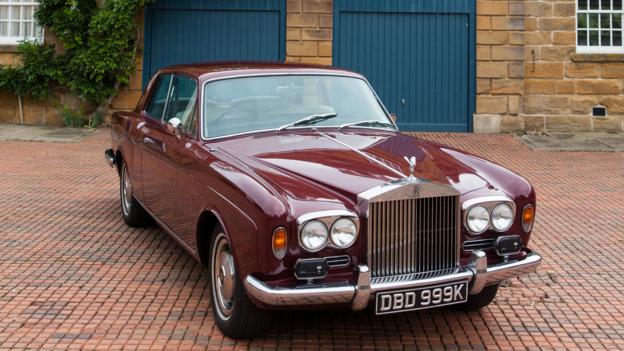
-
1972 Rolls-Royce Corniche
- To car
aficionados who grew up convinced that Rolls-Royce sat at the vortex of
the motoring world, driving a 1970s-era Corniche (or, inevitably, fixing
one) will come as a less-than-pleasant surprise. Despite the presence
of a 6.75-litre V8 behind that famous grille, the 4,800lb Roller was
pokey to a fault, let down by performance-choking smog hardware and a
dim-witted three-speed automatic transmission from General Motors. Yes,
it is lovely in fixed-head or convertible guise, and its sumptuous cabin
is utterly cosseting. And of course, it is hand-built. So the Corniche
is not without its charms. Then again, to quote Jeremy Clarkson,
“Hand-built is just another way of saying the door will fall off.”
(Photo: TopGear)

-
1972 Rolls-Royce Corniche
- To car
aficionados who grew up convinced that Rolls-Royce sat at the vortex of
the motoring world, driving a 1970s-era Corniche (or, inevitably, fixing
one) will come as a less-than-pleasant surprise. Despite the presence
of a 6.75-litre V8 behind that famous grille, the 4,800lb Roller was
pokey to a fault, let down by performance-choking smog hardware and a
dim-witted three-speed automatic transmission from General Motors. Yes,
it is lovely in fixed-head or convertible guise, and its sumptuous cabin
is utterly cosseting. And of course, it is hand-built. So the Corniche
is not without its charms. Then again, to quote Jeremy Clarkson,
“Hand-built is just another way of saying the door will fall off.”
(Photo: Rolls-Royce)

-
1972 Lincoln Continental Mark IV
- One would
be hard-pressed to name a genuinely stellar American car built during
the 1970s, but naming the bombs, as the saying goes, is like shooting
fish in a barrel. The 1972-76 Lincoln Continental Mark IV, despite its
button-tufted grandiosity and Bugatti-like succession of special
editions (Bill Blass, Givenchy and Cartier, to name three), merits a
place near the top of any list. A notably less loveable successor to the
handsome 1968-71 Mark III, the Mark IV added such stylistic missteps as
a tacky opera window and a standard vinyl roof. Handling was
tugboat-terrible, and though the ’72 had an ample 365 horsepower,
successive iterations, hobbled by tightening emissions restrictions,
made do with 212hp. Awful. (Photo: TopGear)
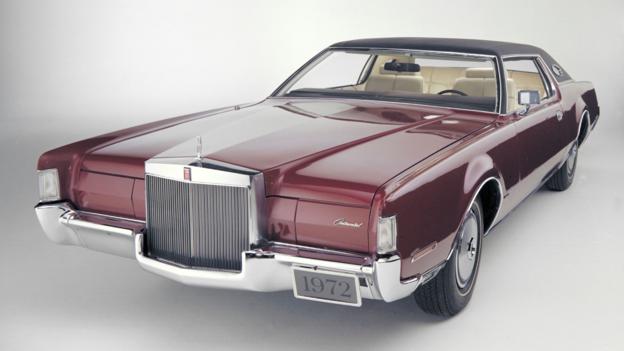
-
1972 Lincoln Continental Mark IV
- One would
be hard-pressed to name a genuinely stellar American car built during
the 1970s, but naming the bombs, as the saying goes, is like shooting
fish in a barrel. The 1972-76 Lincoln Continental Mark IV, despite its
button-tufted grandiosity and Bugatti-like succession of special
editions (Bill Blass, Givenchy and Cartier, to name three), merits a
place near the top of any list. A notably less loveable successor to the
handsome 1968-71 Mark III, the Mark IV added such stylistic missteps as
a tacky opera window and a standard vinyl roof. Handling was
tugboat-terrible, and though the ’72 had an ample 365 horsepower,
successive iterations, hobbled by tightening emissions restrictions,
made do with 212hp. Awful. (Photo: Ford Motor)
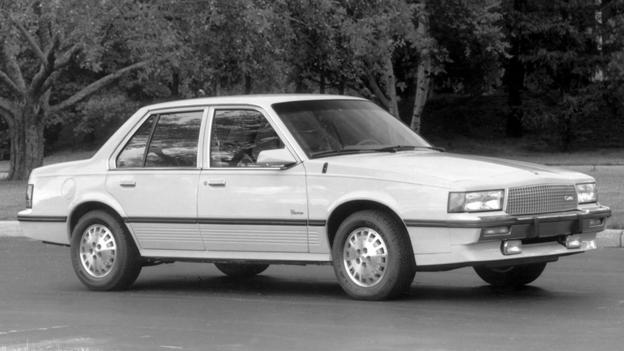
-
1982 Cadillac Cimarron
- It is
nigh on impossible to imagine that Cadillac’s inept and unrefined
Cimarron, the poster child for the sin of badge-engineering, was
conceived to rival such vaunted cars as the BMW E30 3 Series and the
Audi 4000. But it was, and between 1982 and 1988, it didn’t. Even GM had
misgivings; salesmen were initially told not to refer to the flaccid
four-door as a Cadillac – it was, said promotional materials, a
“Cimarron, by Cadillac”. Its foundation was General Motors’
underachieving J-platform, which thanks to this cursed Caddy, became the
only platform to underpin cars from every General Motors division,
which at the time included Buick, Chevrolet, Oldsmobile, Pontiac,
Holden, Opel and Vauxhall (not to mention Isuzu in Japan). Three jeers!
(Photo: General Motors)
Tune in to Top Gear: The Worst Car in the History of the World to see these, and many, many more terrible cars, put through their paces.
Link
















No comments:
Post a Comment